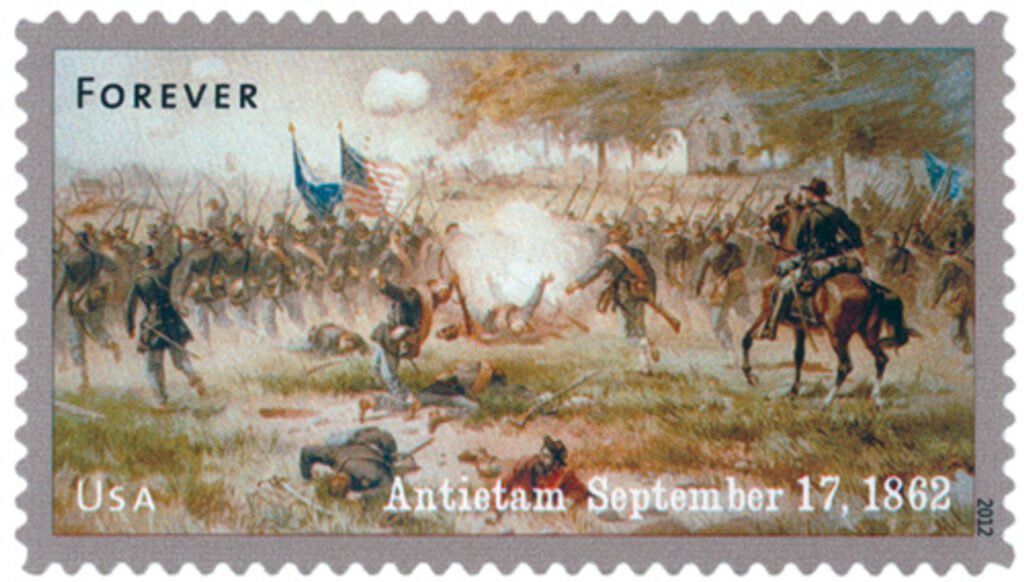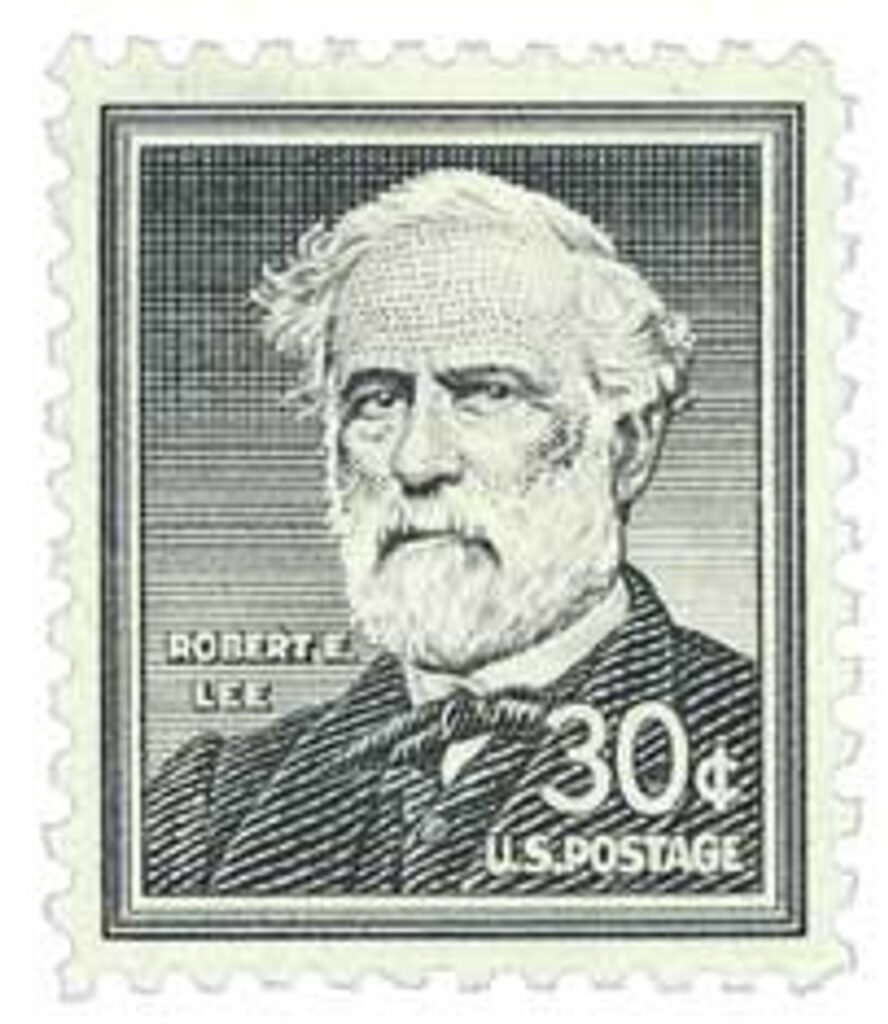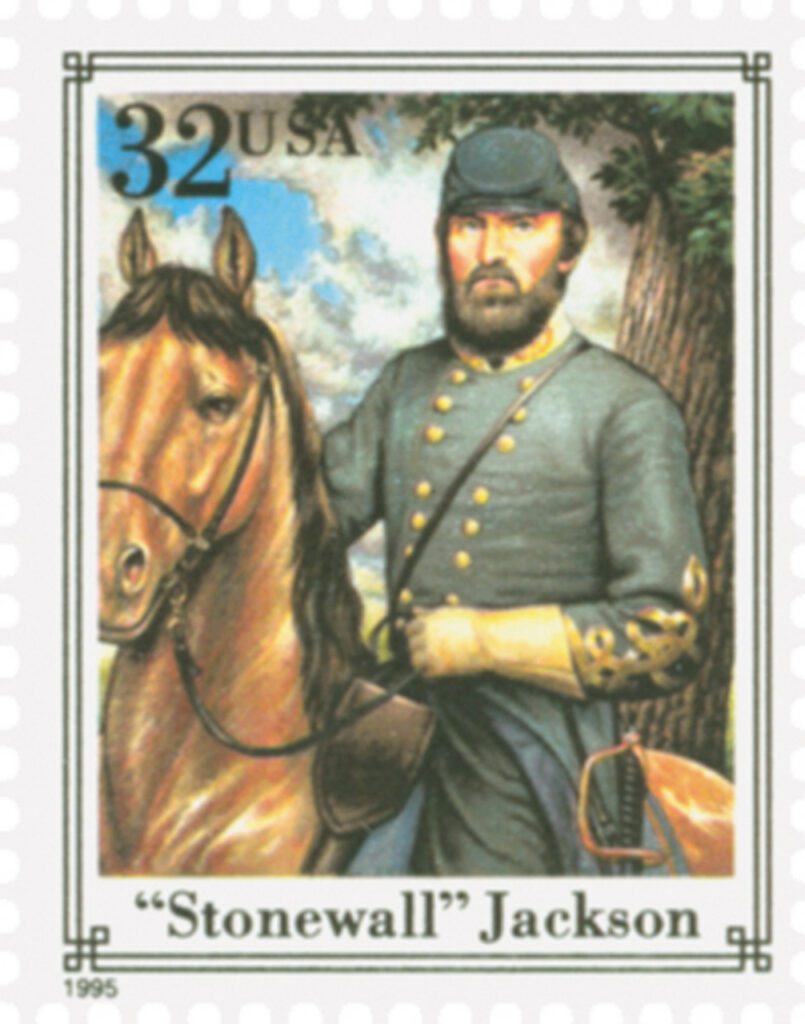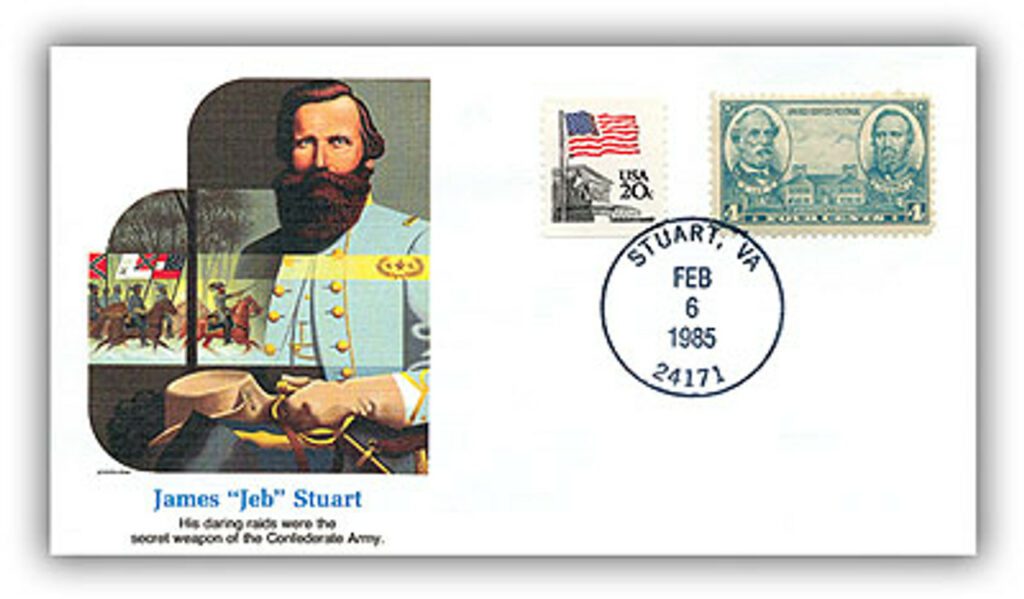On August 28, 1862, Union and Confederate forces met a second time at Bull Run (also known as Manassas Junction) in a bloody three-day battle.
Shortly after the war began, impatient Northerners pushed President Lincoln to attack the Confederate capital in Richmond, Virginia.
On July 16, 1861, Brigadier General Irvin McDowell gathered 35,000 untrained Union soldiers and marched toward Richmond. The men traveled two days through sweltering heat before reaching Centreville, Virginia, where they rested and regrouped.
In nearby Manassas Junction, an equally inexperienced Confederate army of 34,000 men waited, guarding the vital supply line to Richmond. On July 21, 1861, the two armies met near Bull Run River in the first major land battle of the Civil War. Congressional families gathered to picnic nearby.
A Confederate brigade commanded by Thomas “Stonewall” Jackson held its ground at the Battle of Bull Run. The Union army suffered heavy casualties and was forced to retreat.
By the following summer, Union Major General George B. McClellan had failed in his Peninsular Campaign. President Lincoln then selected John Pope, who’d been successful in the Western Theater, to take command of the new Army of Virginia.
Pope was tasked with protecting Washington and the Shenandoah Valley as well as drawing Confederate forces away from McClellan, who was moving toward Gordonsville. However, Robert E. Lee didn’t see McClellan as a threat on Richmond, and moved his best man, Stonewall Jackson, to block Pope and protect the Virginia Central Railroad.
Throughout August, forces clashed in Virginia. Heavy rains late in the month made Lee unable to send men across the Rappahannock River. In the meantime, the Union forces had received reinforcements. Since the Union forces would now outnumber his own, Lee developed a new plan. He would send Jackson and J.E.B. Stuart to cut Pope’s line of communication at the Orange and Alexandria Railroad and force him into a retreat, which would make him easier to defeat.
Jackson set out on August 25, passed around Pope’s right flank, and attacked the railroad and Union supply depot at Manassas Junction, Virginia, on August 27, 1862. He then moved his men to a strong defensive position surrounded by woods with a clear view of the Warrenton Turnpike.
The next day, August 28, Union troops marched east along the road to meet up with Pope’s Army of Virginia in Centerville. At about 6:30 p.m., the Confederates began firing on the column of Union soldiers. Fierce fighting continued with both sides “within…fifty yards of each other pouring musketry into each other as fast as men could load and shoot,” according to Major Dawes with the Union’s 6th Wisconsin. Darkness silenced the guns and the heavy cost of the fight was realized – one in every three men had been shot.
Confederate reinforcements under General James Longstreet began arriving overnight. Though Pope was told of Longstreet’s arrival, he believed the enemy was in retreat and attacked the next day. Once again, the fighting ended when the sun went down, and before the outcome of the battle had been determined.
On August 31, the Union Army again attacked the larger Confederate Army. The Northern troops were pushed back to Henry House Hill. A few divisions held the strong defensive line long enough for Pope to lead his Army in an orderly retreat to Centreville.

Although it was fought on the same ground as the 1861 conflict, the Second Battle of Bull Run was much larger in scale and casualties. Each side suffered casualties of more than 8,000 men in the three-day battle. Pope was removed from command of the Army of Virginia. Though the battle was a victory for Lee, he had not reached his goal of destroying Pope’s Army. In spite of this, the Confederate win allowed their army to move closer to the Union capital.
Click here for more about both Battles of Bull Run from the official national park website.
| FREE printable This Day in History album pages Download a PDF of today’s article. Get a binder or other supplies to create your This Day in History album. |
Discover what else happened on This Day in History.







I always enjoy reading the articles . Very informative.
All these young lives lost that has surely left its stain on the USA.
What a sad commentary for this country. Have we gone far enough to make times better for people with different idealogies?
The Civil War was not about “different ideologies”! It was about abolishing slavery–a fundamental evil stain by any moral standard. Just imagine what America would be like today if the southern democrats had defeated the northern republicans. “It is for us the living, rather, to be dedicated here to the unfinished work which they who fought here have thus far so nobly advanced. It is rather for us to be here dedicated to the great task remaining before us — that from these honored dead we take increased devotion to that cause for which they gave the last full measure of devotion — that we here highly resolve that these dead shall not have died in vain — that this nation, under God, shall have a new birth of freedom — and that government of the people, by the people, for the people, shall not perish from the earth.” ~A. Lincoln
Here , here J.L Barack!
The Civil War was NOT primarily about slavery. It was about state’s rights. The South wanted the individual states to be able to decide if they wanted slavery. The Northern states also had slaves but not near as many as the South since it was mostly agricultural based and this required a lot of labor.
Richard said the primary reason was not slavery? Then he says that they wanted slavery? You can’t explain that reasoning any better, unless you correctly understand historical truth. The TRUTH was and always was all about slavery. You can cover it up with the “states rights” tag if you want to lie about the real cause. Wonder how many states today would have decided to have slaves because of states rights? Or ban women from voting? Or make one religion? Or ban social media? Or ban vaccines? Think that is crazy – so was slavery – the only reason for the Civil War!
Come on, Richard. You are repeating the revisionist argument developed in the years after the Civil War to justify the South’s attempt to break up the Union. If you read the southern newspapers at the time, and the record of the secessionist conventions, as historians have done. you find that all the arguments for leaving the Union had to do with slavery.
Read the Cornerstone Speech by the man who would be the Vice-President of The Confederacy, Alexander Stephens. There is no valid reason to remain ignorant.
Imagine taking your family to a picnic to watch soldiers kill each other like it was a kind of sport.That was the mentality at the time.When Matthew Brady exhibited his battlefield photos of dead soldiers and all the destruction,it brought the horrors of war to the people and how really terrible the Civil War was.It certainly was no picnic.
No.